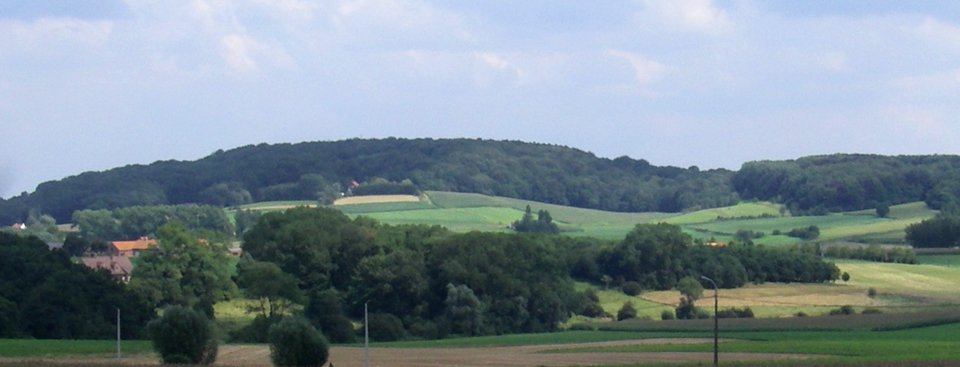
Heritage Trajectories
Heritage Management requires a thoroughly professional approach combining the creation of extensive social support with the highest possible respect for the characteristics of heritage itself. What makes the Ename Center unique is that it combines the expertises that are relevant to carry out heritage projects from an initial assessment up to a complete project management. Our “neural approach” turns our projects into multidisciplinary, open and dynamic trajectories allowing and encouraging further research, development and innovative implementations.
The expertise of the Ename Center consists of:
-
Scientific research and assessment
-
Preliminary studies with recommendations and suggestions for future actions
-
Inventory development and analysis
-
Development of intelligent databases
-
Setting up and supporting heritage policies
-
Museological interpretations
-
Exhibitions
-
Concept reports
-
Heritage routes
-
Multimedia presentations
-
Project management
-
Historical landscape reconstructions
-
Battlefield archaeology
Wherever necessary, the Ename Center collaborates with experts, national as well as international, to develop its relevant expertises.
Research Trajectories
The Ename Center is one of the leading institutes for the development, research and application of the interpretation of heritage. Therefore, it participates at different research trajectories. For the Province of West-Flanders the Ename Center coordinated a six year project Archaeology of the Kemmelberg site. It consisted amongst other things of the digitalisation of the archives, containing the manuscripts of four decennia of excavations, a LIDAR scan of the Kemmelberg and its environment, the development of educational programmes, including those developed with foreign partners such as Châtillon-sur-Seine (France), etc.
For the project Boat 1550BC, the Ename Center is developing a good practice guide based on the ICOMOS Ename Charter principles.
Inventarisation and Valuation Trajectories
The Ename Center developed a system for the inventarisation of cultural heritage resources. What makes it unique is that the analysis is linked with a system of assessment taking into account, not only the heritage value, but other values and aspects as well, such as the economic value, the accessibility, etc.
The richly diverse industrial heritage of the city of Ronse is one of the pilot projects where the system has been implemented. These pilot projects also form the basis for the development of tools for public involvement. Another example is the valuation of the battle fields of Oudenaarde 1708 and Lafelt 1747. Historical research, landscape reconstruction and field research are the core elements for a thorough analysis of the heritage value of a landscape and its environment, stretching over many square kilometres.
Paths towards Public Outreach and Presentation
With the establishment of the so-called “room for reflection and meditation” in Vinkt (Deinze) the Ename Center found the right balance between providing information and giving incentives for reflection. At the beginning of the Second World War, 140 civilians lost their life because of the executions performed by the German Army. More than 70 years later, the wounds are still not healed. Thanks to a multiannual collaboration with the local committee dedicated to the remembrance of what happened in the small village of Vinkt and with the support of the Province of East-Flanders, the Ename Center could develop a unique approach that is relevant for the people of today and that aims at thinking through occurrences such as those that took place in Vinkt, May 1940.
Policy Trajectories
The integration of heritage in contemporary policies is only possible and successful within a trajectory that systematically analyses all available heritage resources. The Ename Center is specialised in the elaboration of assessments that aims at the development of a long term heritage policy. A follow up trajectory consists of the concrete realisation of suggestions by making use of and applying different heritage policy instruments. Our policy trajectories are based on local rules as well as successful approaches that are used elsewhere in the world.
